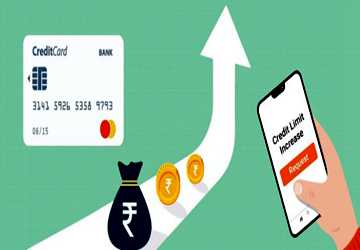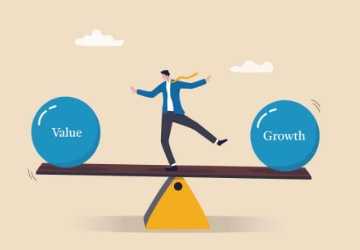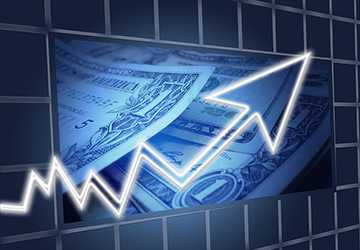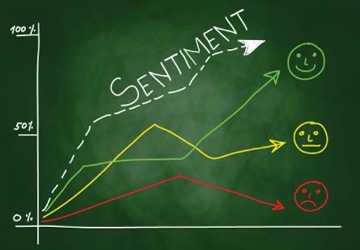What Will Happen To The Stock Market When Interest Rates Rise?
Author: Charles Ouko
There is always a chance that the borrower won't repay the loan. So lenders must get a return in the form of interest to make up for that risk.
Due to the presence of interest, borrowers no longer need to wait to save money before making a purchase. People are more inclined to borrow money to finance large purchases like homes or vehicles when the interest rate is lower.

When customers pay less interest, they have more to spend, which can increase expenditure across the economy as a whole. In addition, lower financing rates are advantageous to both businesses and farmers since it makes major equipment acquisitions more affordable for them. The result is an environment where production and productivity rise.
In contrast, higher loan rates result in less disposable income for consumers, forcing them to reduce their expenditures. Banks issue fewer loans when lending criteria are tightened and interest rates rise.
Consumers are not the only ones impacted by this; businesses and farmers that reduce expenditure on new equipment experience slower output or layoffs as a result. The stricter lending rules also imply that customers will spend less, which will impact the bottom lines of many firms.
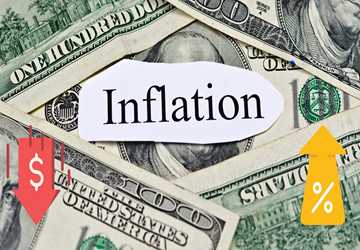
How Interest Rates Affect Inflation and Recessions
The federal funds rate is frequently mentioned when interest rates rise or fall. This is the rate at which banks lend money to one another. It is used to gauge whether interest rates are rising or falling since it is subject to daily change and impacts all other loan rates.
These developments may impact both recessions and inflation. The term "inflation" describes the gradual increase in the cost of goods and services. Although it is the outcome of a robust and thriving economy, unregulated inflation can cause a considerable loss in buying power.
The Fed monitors inflation indicators, including the Producer Price Index and the Consumer Price Index (CPI), to help keep inflation under control (PPI). The Federal Reserve will boost the federal funds rate when these indicators increase by more than 2 to 3 percent annually to rein in the increasing prices.
The prime rate, which is also known as the starting point for other interest rates, including those on mortgages and personal loans, is influenced by the federal funds rate.
People will ultimately start cutting back on their spending since increased interest rates result in greater borrowing expenses. As a result, the demand for products and services will diminish, resulting in lower inflation.
An excellent illustration of this took place between 1980 and 1981. With inflation at 14%, the Fed increased interest rates to 19%. Even though it led to a terrible recession, this stopped the nation's skyrocketing inflation.
Similarly, the Fed has been raising rates all year to counter growing inflation in 2022.
On the other hand, declining interest rates can bring an end to recessions. This is because borrowing money becomes more affordable when the Fed reduces the federal funds rate, encouraging individuals to resume spending.

